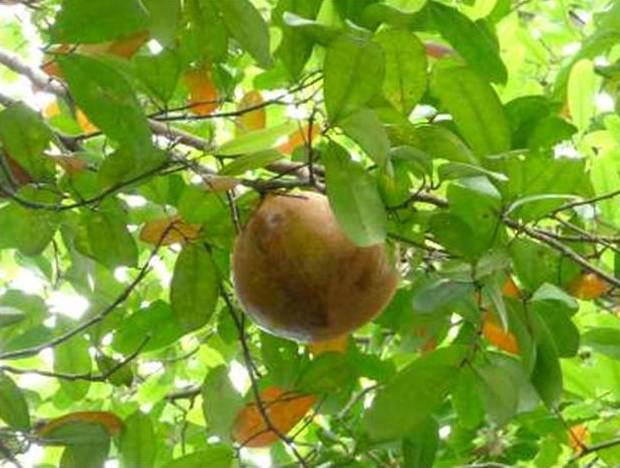Cannonball Mangrove, Xylocarpus granatum
Also known as Puzzlenut Tree
Local Name: Dabi
Description:
• This species grows over 10 meters tall. Buttresses long and snaking laterally; bark light brown, yellowish or greenish, smooth, flaking off.
• The leaves are pinnate, leather-like in texture, oval and wide at the middle becoming pointed at tips.
• Flowers fragrant, with white petals, about 8 mm across
• The fruits are round and greenish to brown in color. They consist of several segments that can be taken apart and re-assembled like a puzzle.
Flowering and Fruiting: Usually from September to late April.
Uses: The tree is used by the locals in boat-building, furniture wood and firewood. Bark used for tanning. Used on cloth, the bark dyes an umber colour. Root used as a remedy against cholera and dysentery in folklore.
Habitat: This species is found intermixed with Bruguieria or grows behind it.
Distribution: Found from Africa and India through to the Pacific.


